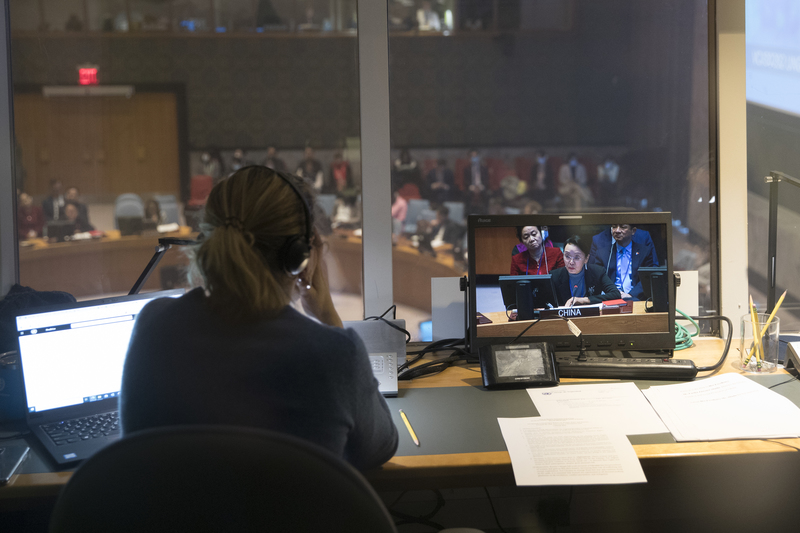In an increasingly interconnected world, mobile apps have become the gateway to global audiences. By 2025, projections estimate that global app downloads will reach a staggering 258.2 billion, underscoring the immense potential for developers and businesses to expand beyond borders. Yet, simply translating an app's text isn't enough to capture these markets. True localization—adapting an app to resonate linguistically and culturally with users—presents both hurdles and opportunities. This process not only boosts user engagement but can drive significant revenue growth; recent surveys show that two in three companies attribute 26-50% of their revenue increases to effective localization efforts. As we delve into the challenges of multi-language support and cultural adjustments, along with practical solutions, we'll spotlight emerging trends for 2025, including innovative partnerships like HubSpot's collaboration with Transifex, and examine a real-world case from the entertainment sector.
Navigating the Hurdles of Multi-Language Support
One of the primary obstacles in mobile app localization is handling multiple languages efficiently. Apps often start in a single language, like English, but expanding to markets such as China, Spain, or the Middle East requires translating everything from user interfaces to error messages and in-app purchases. The sheer volume can be overwhelming: technical issues arise with right-to-left scripts (e.g., Arabic or Hebrew), varying text lengths that disrupt layouts, and the need for seamless integration with device keyboards and voice assistants.
Quality control adds another layer of complexity. Machine translations, while quick, frequently miss nuances, leading to awkward phrasing or outright errors that alienate users. Statistics highlight the stakes: poorly localized apps see up to 30% lower engagement rates compared to those tailored thoughtfully. Moreover, maintaining updates across languages demands ongoing resources, as new features or bug fixes must be localized without delaying rollouts. For smaller teams, this can stretch budgets thin, with costs potentially escalating if not managed well.
The Subtleties of Cultural Adaptation
Beyond words, cultural adaptation poses even thornier challenges. What works in one region might offend or confuse in another. For instance, colors carry different connotations—red signifies luck in China but danger in Western cultures—while icons like thumbs-up gestures can be misinterpreted in places like the Middle East. Humor, idioms, and references in app content often don't translate directly, risking a disconnect with local users.
Regulatory and functional differences compound this. Payment methods vary globally; an app relying on credit cards might flop in regions favoring mobile wallets like Alipay or M-Pesa. Date formats, currency symbols, and even measurement units (metric vs. imperial) need tweaking. A 2025 report notes that cultural misalignment contributes to 42% of failed international app launches, emphasizing how overlooking these elements can erode trust and downloads. In essence, localization isn't just translation; it's about crafting an experience that feels native, not imported.
Proven Solutions to Overcome These Barriers
Fortunately, developers have a growing arsenal of tools and strategies to tackle these issues. For multi-language support, adopting Translation Management Systems (TMS) like Transifex streamlines workflows by centralizing content, automating pulls from code repositories, and facilitating real-time collaboration among translators. Integrating AI-driven tools, such as neural machine translation enhanced by human oversight, can cut costs by 50% while improving accuracy. Best practices include designing apps with internationalization in mind from the outset—using flexible layouts that accommodate text expansion and modular code for easy updates.
On the cultural front, solutions involve deep market research and user testing. Partnering with local experts or agencies ensures adaptations align with regional norms. Tools like Phrase or Lokalise offer context-aware translation features, allowing teams to preview cultural fits. Data-driven approaches, such as A/B testing localized versions, help refine strategies; one study found that apps with culturally adapted ads saw a 22% uplift in conversions. Ultimately, viewing localization as an iterative process—gathering user feedback post-launch—turns potential pitfalls into strengths.
Emerging Trends Shaping Localization in 2025
As we hit mid-2025, localization is evolving rapidly, driven by AI advancements and strategic collaborations. AI-powered tools are maturing, enabling hyper-personalization where apps dynamically adjust content based on user location and preferences. For example, generative AI can now handle nuanced cultural adaptations, predicting and resolving issues in quality assurance before they arise. Human-AI hybrids are also on the rise, blending machine efficiency with expert intuition for faster, more reliable results.
A standout trend is the deepening of industry partnerships, exemplified by HubSpot's ongoing collaboration with Transifex. This integration allows HubSpot to localize its marketing software seamlessly across 120 countries, serving over 86,000 customers by automating translations for blog posts, emails, and more without manual interventions. Such alliances highlight a shift toward centralized hubs that reduce silos, making global scaling more accessible. With rising language access laws in regions like Europe and Asia, compliance is another focus, pushing apps toward inclusive designs that prioritize accessibility.
Case Study: Netflix's Global Download Strategy in Entertainment Apps
Entertainment apps provide compelling examples of localization done right, with Netflix standing out as a masterclass in driving global downloads. Facing saturated U.S. markets, Netflix pivoted to international growth, localizing its platform into over 190 countries. This involved not just dubbing and subtitling content but culturally curating libraries—promoting Bollywood films in India or K-dramas in Southeast Asia—to match local tastes.
The strategy paid off handsomely: by adapting interfaces for regional languages and integrating local payment options, Netflix saw a 38% increase in downloads in non-English markets. A key tactic was leveraging data analytics to prioritize high-potential regions, then testing localized marketing campaigns. For instance, in Brazil, they emphasized soccer-themed content during major events, boosting engagement by 25%. This approach underscores how entertainment apps can use localization to foster loyalty, turning casual viewers into subscribers and exemplifying the revenue potential—Netflix attributes much of its 2025 growth to these efforts.
Wrapping Up: Localization as a Competitive Edge
In 2025, mobile app localization isn't a luxury; it's essential for survival in a crowded global marketplace. While challenges in multi-language support and cultural adaptation persist, solutions rooted in AI, robust tools, and strategic partnerships offer clear paths forward. As seen in trends like the HubSpot-Transifex collaboration and successes like Netflix, investing in thoughtful localization yields measurable returns: higher downloads, deeper engagement, and sustained revenue growth. For developers eyeing international expansion, the message is clear—embrace localization not as a checkbox, but as a core strategy to connect authentically with the world.











